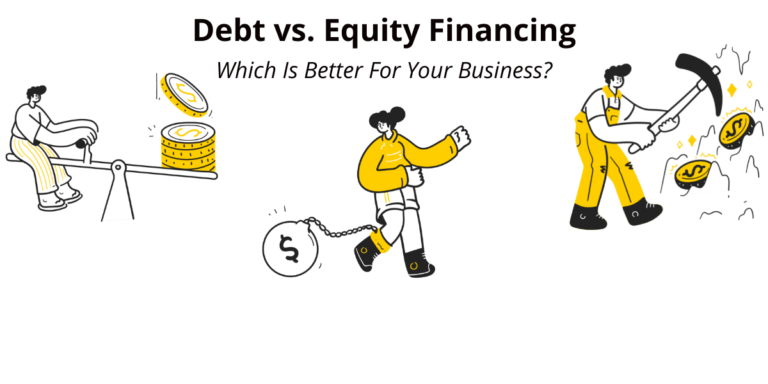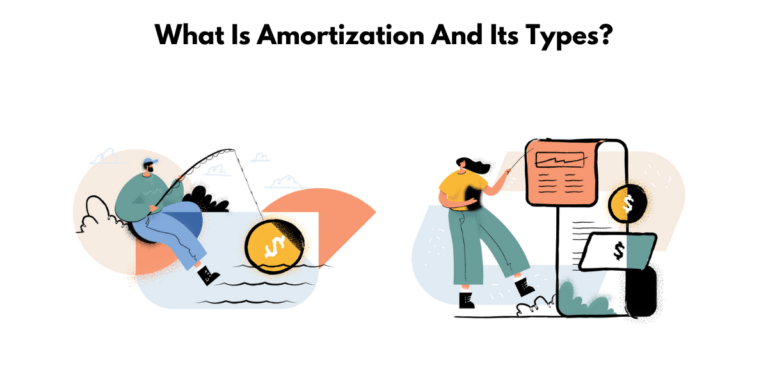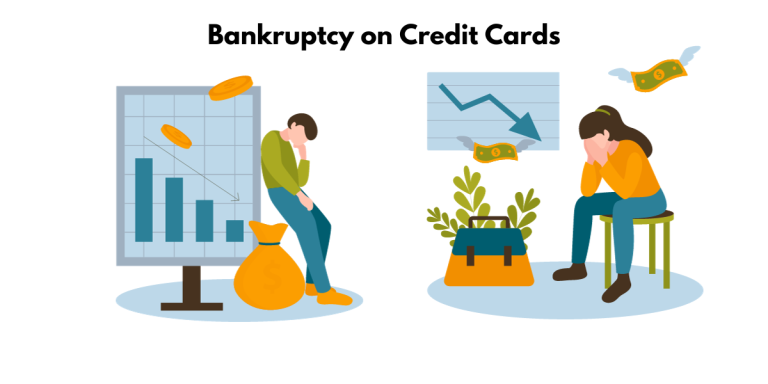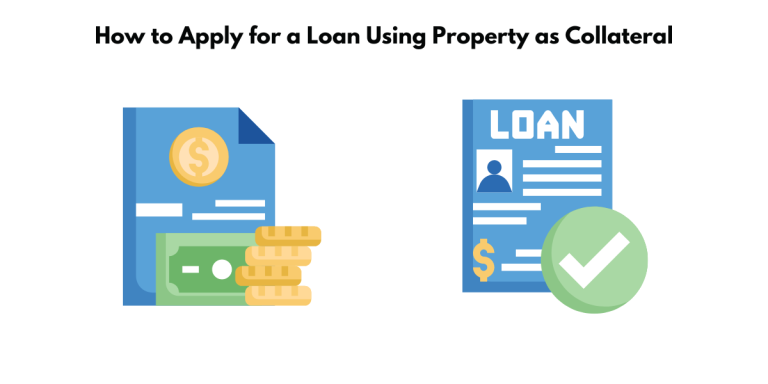What is loan principal and how does it work?
What is loan principal?
When you get a loan, the money you borrow is called the principal. The principal is the amount of money that you owe to the lender. In addition to paying back the principal, you will also have to pay interest on the loan. The interest is what the lender charges for lending you money. You will need to make regular payments of both the principal and interest to pay back your loan fully.
In short, the loan principal is the amount of money borrowed by a business. The loan principal will be paid back over time with interest. Small business owners need to understand their business loan agreement and their terms, including the concept of the loan principal.
When you take out a loan, you’re paying back two things: the loan principal and the loan interest. The loan principal is the amount of money you borrow, while the loan interest is the amount of money you pay to borrow that money. Generally, you’ll want to try and pay off your loan as quickly as possible to reduce the total amount of interest that you have to pay.
In essence, the loan principal is the amount of money that you borrow from a lender. It’s important to understand how this figure can impact your monthly payments, business taxes, and personal taxes and what you can do to pay it back faster.
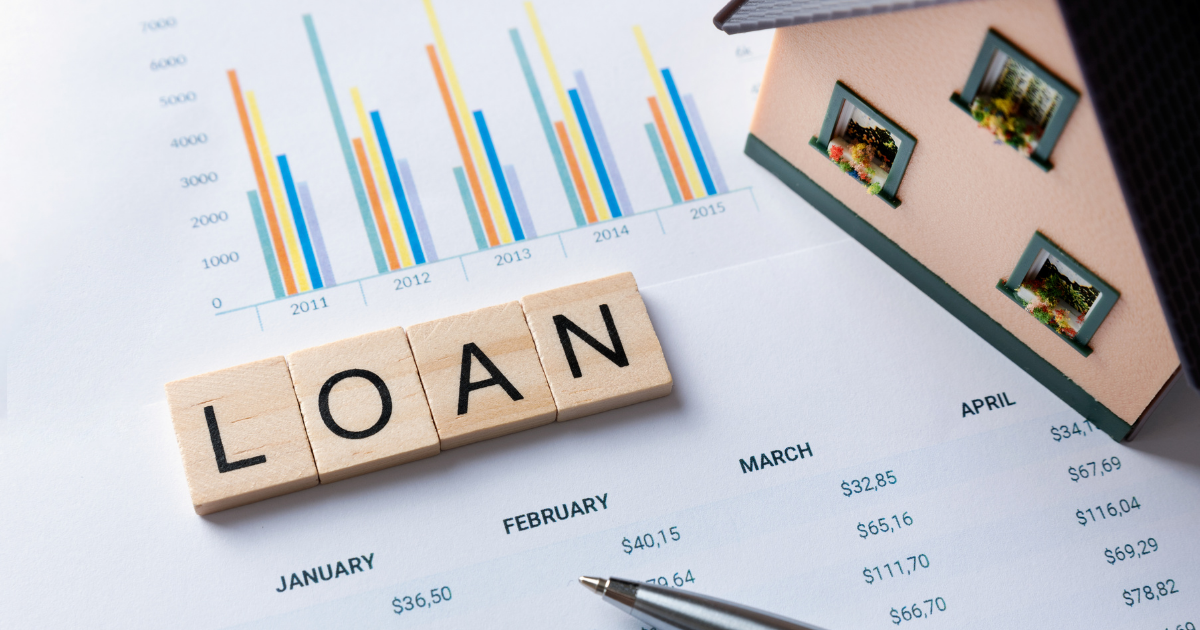
When you take out a mortgage to buy a house, the total amount you borrow is called the loan principal. This is the amount of money you will owe your lender, and it’s also what determines your monthly payments.
Your interest rate–the percentage of the loan principal that you’ll pay each month–is based on how risky it is for the lender to give you a mortgage. But no matter your interest rate or how long you take to pay off your mortgage, you’ll always make monthly payments until it’s paid in full.
The loan principal doesn’t change over time; it’s just broken down into smaller and smaller chunks with each payment. So even if your balance goes up or down from month to month, the total amount you owe will stay the same.
Loan principal vs. interest
There are a few key terms you should be familiar with when it comes to loans. The first is the principal- this is the amount of money you borrow from a lender. The second is interest- the cost of borrowing that money, and it’s calculated as a percentage of the principal. Finally, there’s the APR (annual percentage rate)- this is how your lender expresses your interest rate on an annual basis.
It’s important to understand how these three factors interact to get a clear idea of what you’re paying back each month. For example, let’s say you take out a loan for $10,000 with an APR of 10%. That means you’ll be paying back $11,000 at the end of the year. Of that $1,000 difference, $100 goes towards interest, and $900 goes towards repaying the principal.
Your monthly payments will also be based on these figures. In our example, if you were to repay your loan over 60 months (5 years), your monthly payment would be around $209. However, if you repaid it over 36 months (3 years), your monthly payment would jump up to about $316 because less interest would have accrued in that time.
Remember that the interest balance will continue to grow over time, so your principal balances will determine how much interest you owe per month. In addition, paying off your loan faster than interest accrues can help save you money in the long run.

Can I deduct principal loan payments?
The loan principal is the amount of money you borrow from a lender. This amount is also the total sum of your monthly payments plus interest. The interest payments on a loan are not tax-deductible, but the interest paid on a mortgage may still be.
The taxpayer can deduct interest payments on mortgages of up to $750,000 on their taxes. The deduction is available for both primary and secondary residences. However, the deduction is phased out for taxpayers with incomes above $100,000 and completely phased out for those above $200,000.
The 2017 Tax Cut and Jobs Act changed mortgage interest deductions. Even though you can no longer deduct interest on mortgages taken out after December 15, 2017, you can still deduct interest on mortgages taken out before that date.
Taxpayers can generally deduct principal loan payments on mortgages and home equity loans. This is possible by filling out Form 1040 (Schedule A) and itemizing the deductions. The deduction will be shown as a part of the “interest paid” deduction.
For individuals
When you borrow money to buy, build or improve a home, the interest you pay on that loan may be tax-deductible. You can claim this deduction by filing Form 1040 (Schedule A) with your federal income tax return.
However, there are limits on how much interest you can deduct. These limits apply to mortgages that were issued before December 16, 2017.
The new limit will apply if you have a mortgage issued after this date.
You can generally deduct the amount of interest you paid during the year for which you filed your return. This includes payments made in the current year and those made in previous years but not yet paid off at filing. There are some exceptions to this rule detailed in Publication 936 – Home Mortgage Interest Deduction.
You cannot deduct payments toward your principal balance from your taxes – these are considered part of your original investment in the property and must be depreciated over time. The total amount you paid includes the initial cost of a business asset and the down payment, and other costs one might incur when buying an asset.
For businesses
If you are a business owner and use your home for business purposes, you may be able to deduct some of your mortgage interest payments. You can claim the interest as a business expense on Schedule C. To do this, and your home must be used exclusively for business purposes. This means that you cannot live in the home while also using it for business purposes. If you are claiming interest as a deduction, you cannot also claim depreciation on the property.
Additionally, if your loan principal is more than $1 million, you cannot deduct any mortgage interest payments.

How to identify your loan principal?
When it comes to your student loan, it’s important to identify your loan principal. This is the amount of money that you originally borrowed from the U.S. Department of Education and is what you’re responsible for paying back. The monthly statement will show you how much money you owe towards your principal balance and any interest or fees.
The U.S. Department of Education will show the principal balance on a student loan account statement, with a breakdown of interest rates and other fees. You can use the Department of Housing and Urban Development’s monthly mortgage statement example to determine how much of your loan payment goes towards interest and how much goes towards the principal balance. Contact your lender for more information on where your payments are going.
Does paying extra principal to shorten your mortgage?
Paying extra on your mortgage principal can help you pay off your mortgage faster. In some cases, it can even save you money on interest. There are a few things to keep in mind when making extra payments, including that you may not always be able to deduct the full amount from your taxes.
In some cases, paying off your mortgage early can save you money on interest. However, some lenders charge a fee for doing this, so make sure to check before making a final decision. Also, be sure to continue making your regular monthly payments, even if you’re putting extra money towards the principal balance; otherwise, you may default and lose your home.
It is important to check your mortgage contract as it will state whether or not you’ll be penalized for making extra payments. Generally speaking, paying extra principal can help shorten the length of your mortgage, but it is always best to consult with a financial advisor before taking any major steps.
Prepayment penalties are fees that a lender charges when the borrower repays the loan before the scheduled date. These penalties may vary based on the mortgage terms, but they are often assessed if the prepayment is greater than 20% of the original loan amount.
What is principal reduction only payment?
When you make a “principal reduction only” payment, you’re paying more money toward the principal of your mortgage. This can shorten the length of your mortgage and save you money in interest payments. However, it’s important to note that only making these payments won’t lower your monthly mortgage payment. You’ll still have to pay homeowners insurance, property taxes, and interest on your loan balance.
When you make a mortgage payment each month, you are paying interest, principal, taxes, and homeowners insurance. These four items make up your monthly mortgage payment. The acronym “PITI” refers to the major components of your monthly mortgage payment.
The acronym “PITI” stands for the four major things you pay every month in your mortgage payment: Principal, Interest, Taxes, and Insurance. By paying extra principal each month on top of your regular mortgage payments, you can reduce the time it takes to pay off your mortgage.
In other words, if you don’t put down at least 20% of the home’s purchase price, your mortgage lender will require you to pay for private mortgage insurance (PMI) every month. This fee protects the lender if you default on your loan and they have to foreclose on the property.
An adjustable-rate mortgage (ARM) is a loan where the interest rate may change periodically, usually based on an index. If your monthly payments increased with a principal reduction only payment, you would be better off making regular monthly payments. This will ensure that you only pay more on interest for the life of the loan.
If you have a traditional fixed-rate mortgage, your monthly payment amount will not change even if your principal balance decreases. That’s because part of your monthly payment goes towards interest and the other part goes to paying down your principal. However, you can make an extra “principal reduction only” payment which will go exclusively to paying down your principal balance.
In the long run, paying a little extra principal every month on your mortgage will result in a shorter loan term and less interest paid over the life of the mortgage. Over time, the portion of your payment that goes toward interest will shrink while the portion going toward principal will grow. So, by paying just a bit more each month, you can reduce the amount of time you spend making payments and save money on interest.
In short, by making a principal reduction only payment, you are still paying more towards the principal of your mortgage than you are paying in interest. While your total mortgage amount stays the same, you will pay off your mortgage sooner.
Is it better to make interest-only payments?
There are pros and cons to both making a principal-only payment and biweekly payments. The extra principal payment will reduce the amount of interest paid overtime. This is helpful for homeowners who want to pay off their loans quicker. However, there may be a fee if you pay it all off early or at the end of your loan term if you do a huge chunk of extra payment. On the other hand, biweekly payments are great because they help homeowners stay disciplined with their payments and avoid penalties.
What happens if you pay off principal before interest?
When you make a mortgage payment, the funds are allocated in the following order:
- Insurance Premium (if applicable)
- Property Taxes (if applicable)
- Homeowner’s Association Dues, if any
- Principal and Interest on the Loan Amount
- Other loan costs, such as points
- Any excess is applied to the Loan Balance
Interest is expressed as a percentage. Principal and interest are rolled into one monthly payment to your lender, so you don’t have to worry about remembering to make two payments each month. The mortgage term can be shortened by paying extra principal.
If you pay off some of the principal before interest is accrued, then more of your money will reduce the balance on your loan instead of just paying interest on top of the remaining balance. This can help reduce how long you’ll need to repay your mortgage and save money in interest charges over time.
Conclusion
Understanding the dynamics of your loan’s principal and interest is crucial to managing your finances wisely. With tools like an “interest only loans calculator,” you can ascertain how your monthly payment is partitioned between the principal amount and the associated interest. This becomes particularly essential for long-term loans, such as a mortgage where “how many months in 30 years” really makes a difference in your financial plans.
Moreover, with loans that initially focus on interest payments like interest-only mortgages, an “interest only payment calculator” comes in handy to track your outgoings. As you pay down the loan, it’s important to note the impact of the decrease in the principal amount and hence, the interest that is being charged.
This detailed understanding and utilization of financial tools can aid in planning additional loan payments, budget adjustments, or mapping out your financial journey. Always remember, your objective should be to pay off the loan as quickly as possible with as little interest paid as possible. Happy financial planning!
- How to File for Bankruptcy on Credit Cards: The Complete Guide to Bankruptcy and Credit Card Debt - October 25, 2023
- What is loan principal and how does it work? - September 24, 2022
- Building Your Business: Separating Your Personal and Business Finances - March 2, 2022


